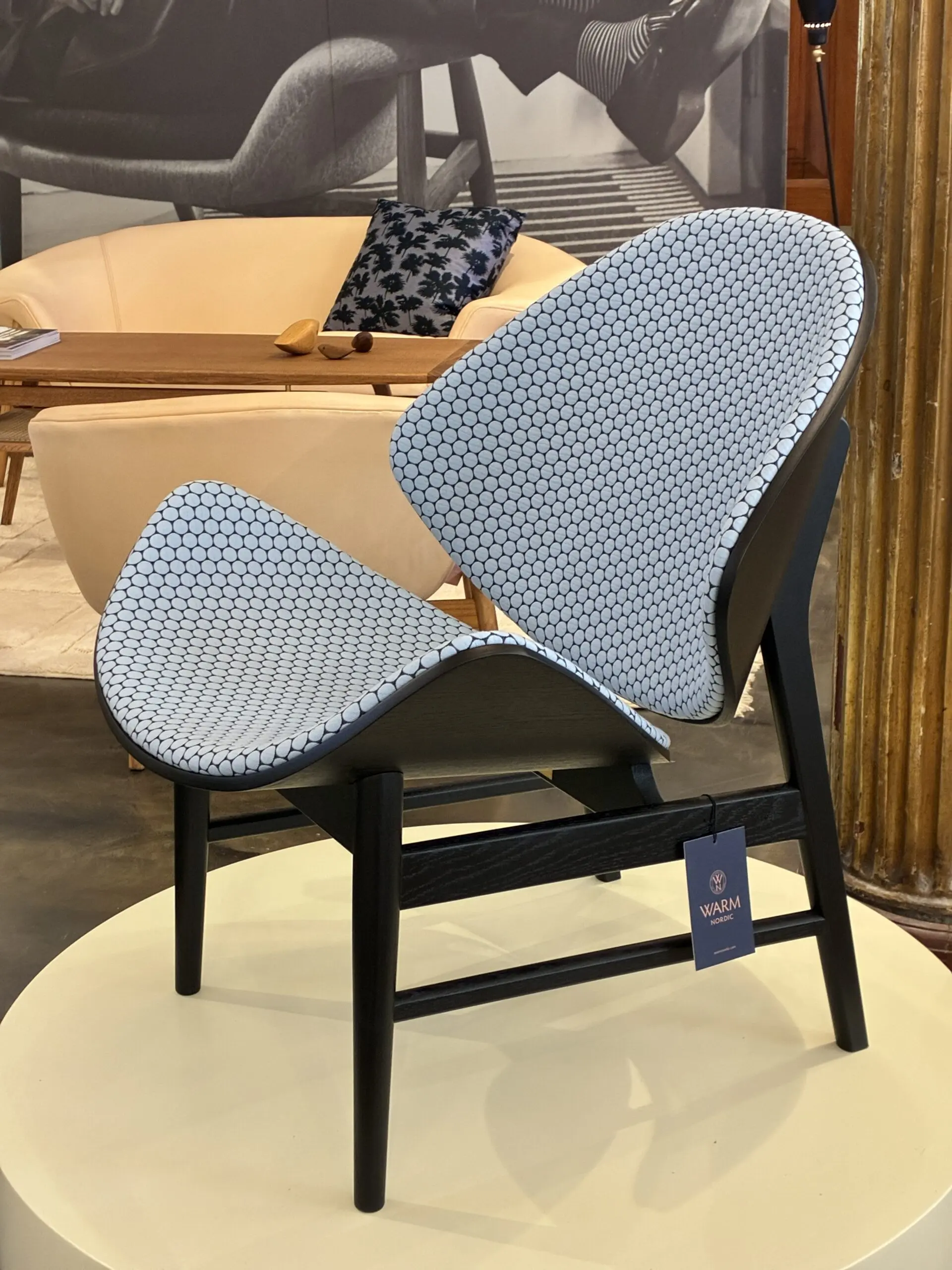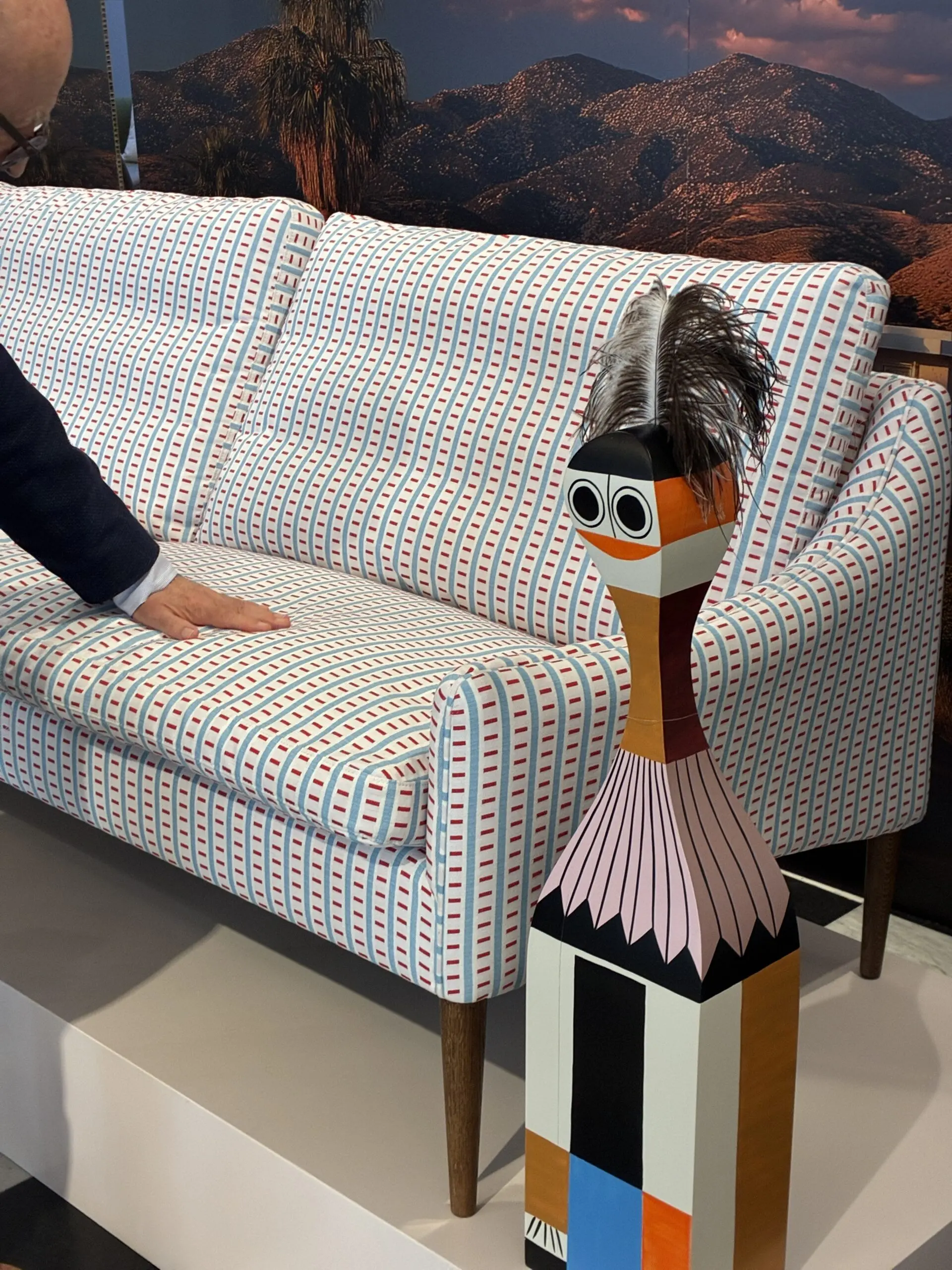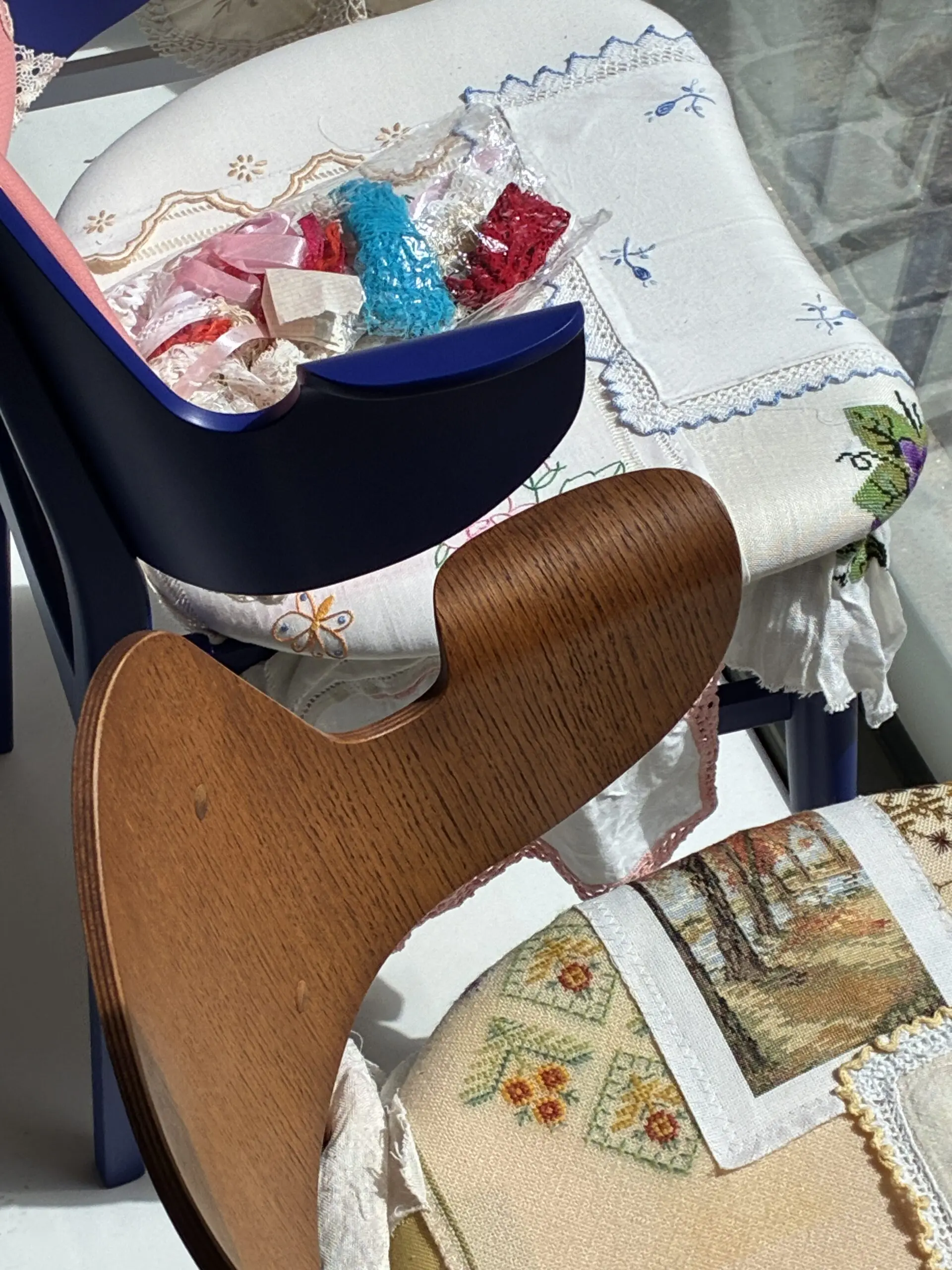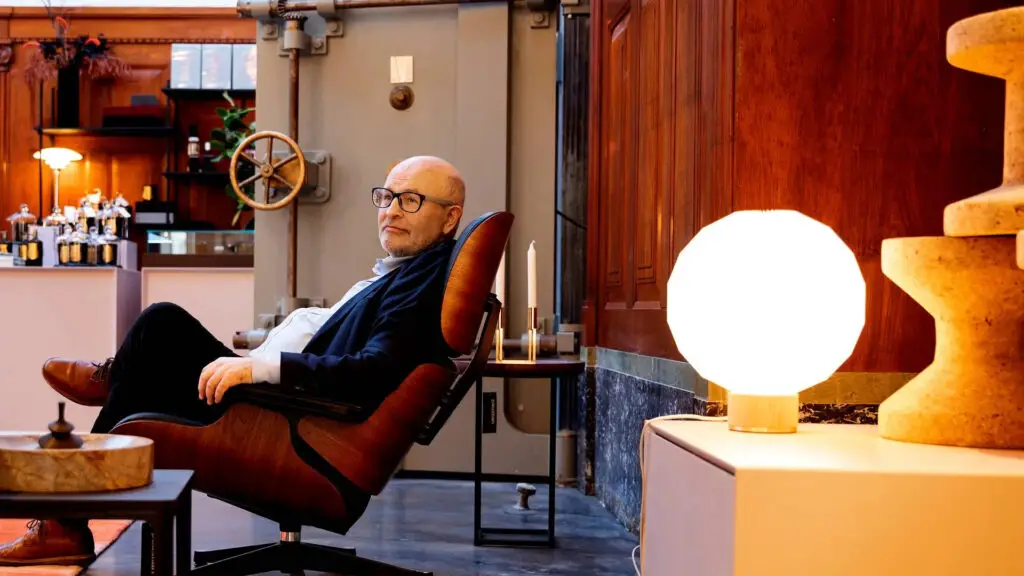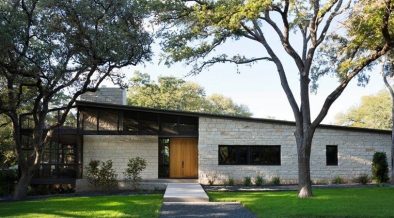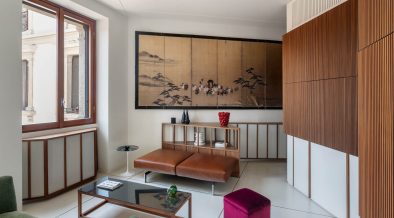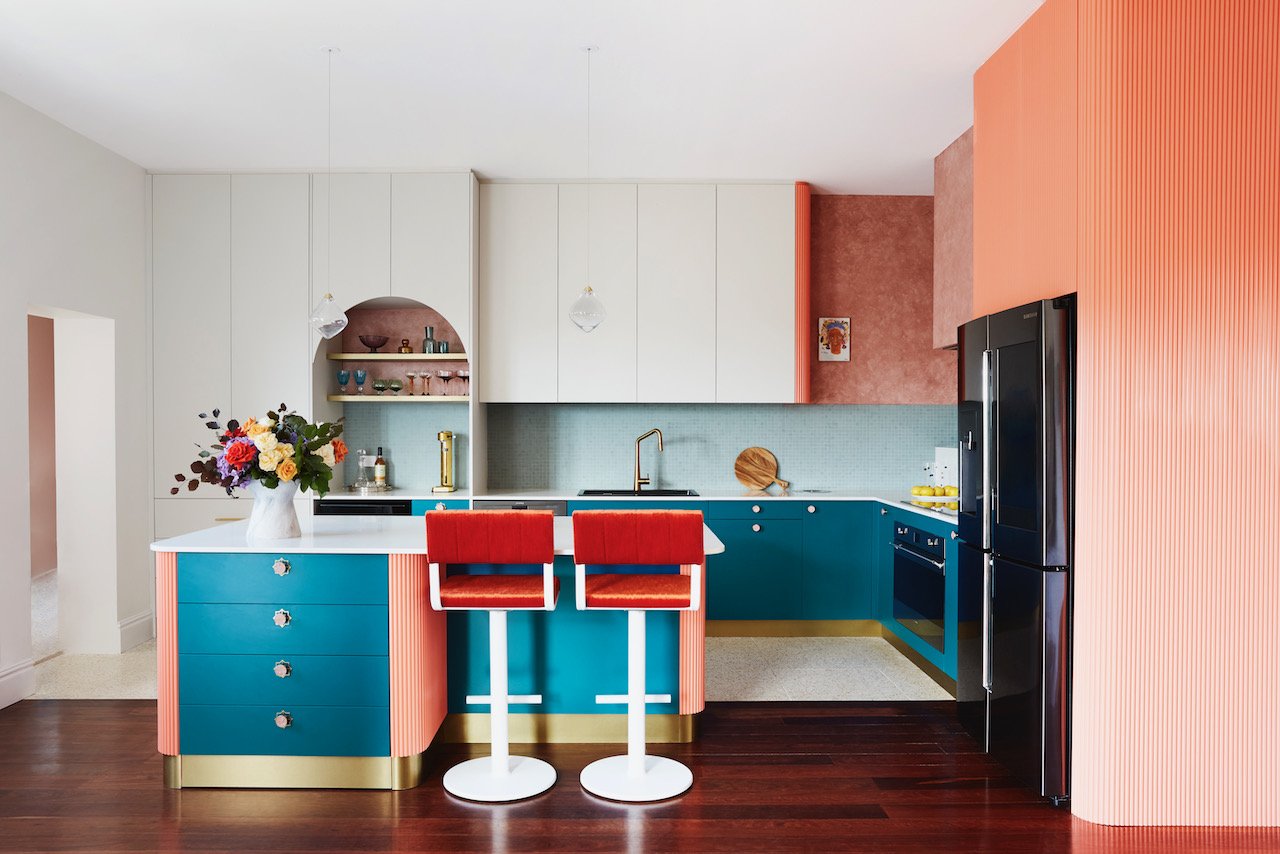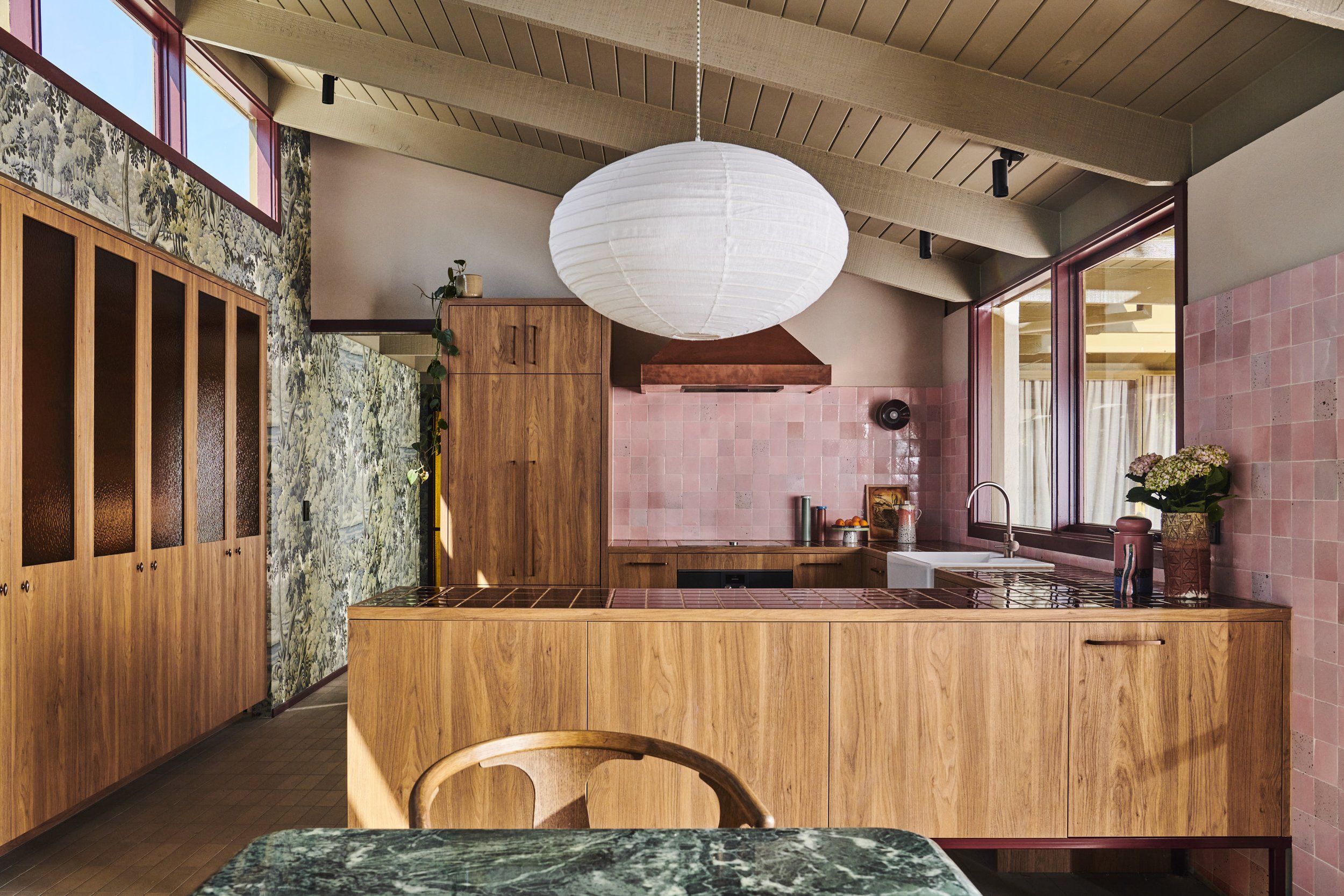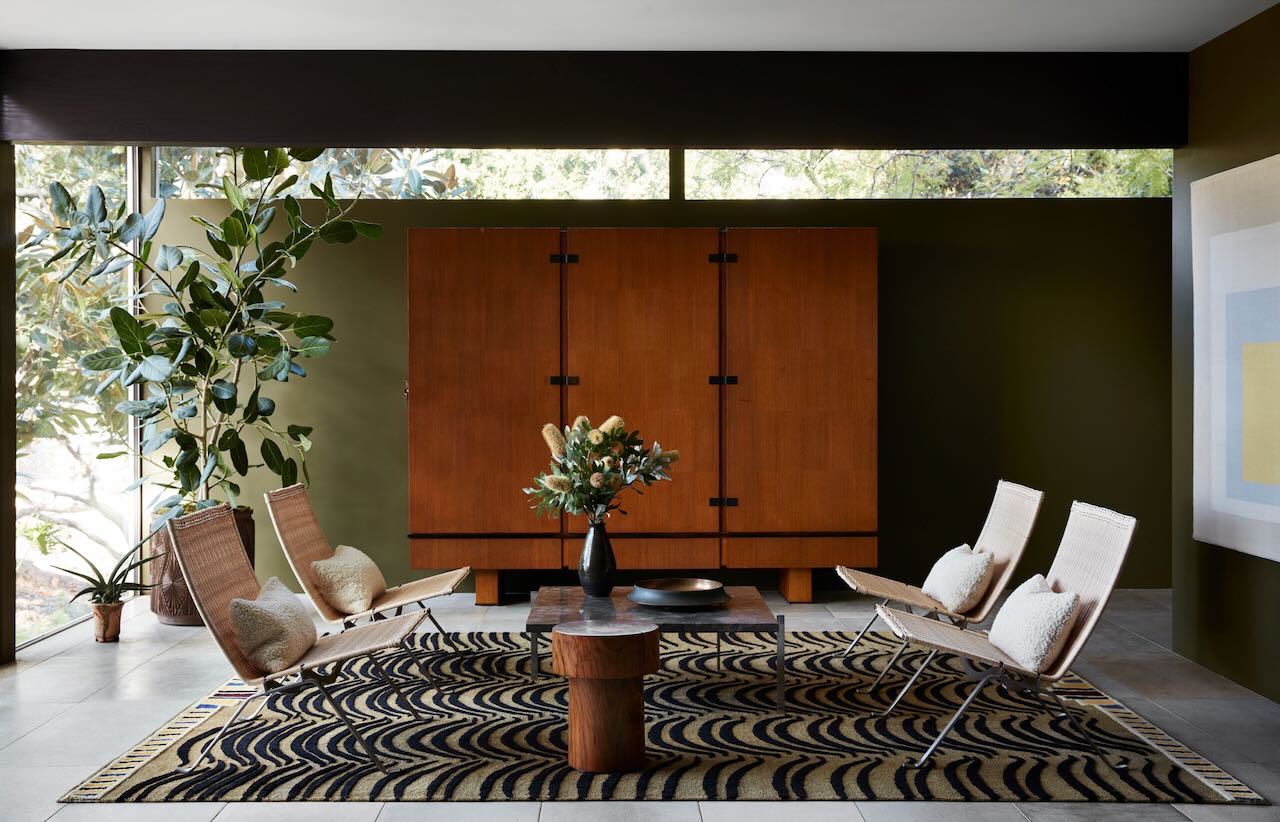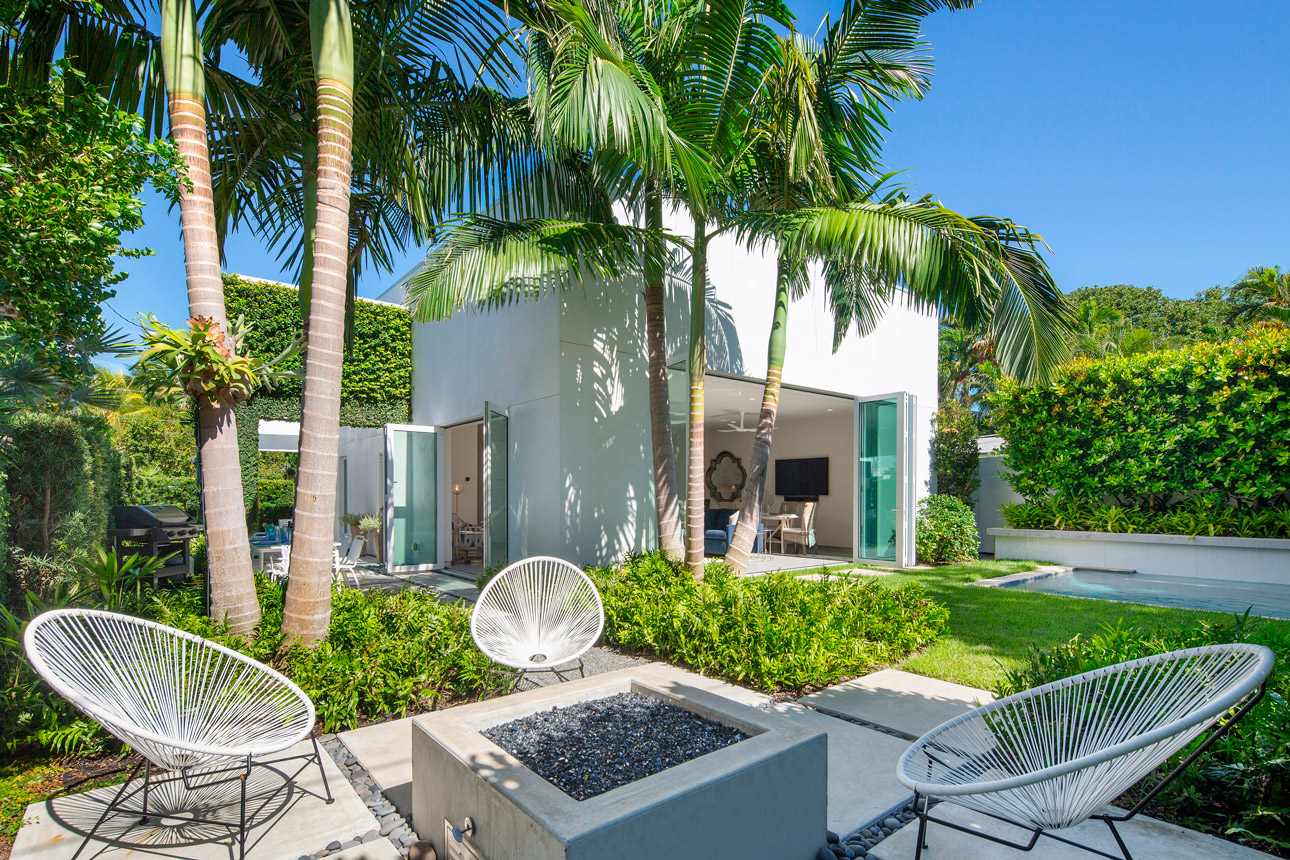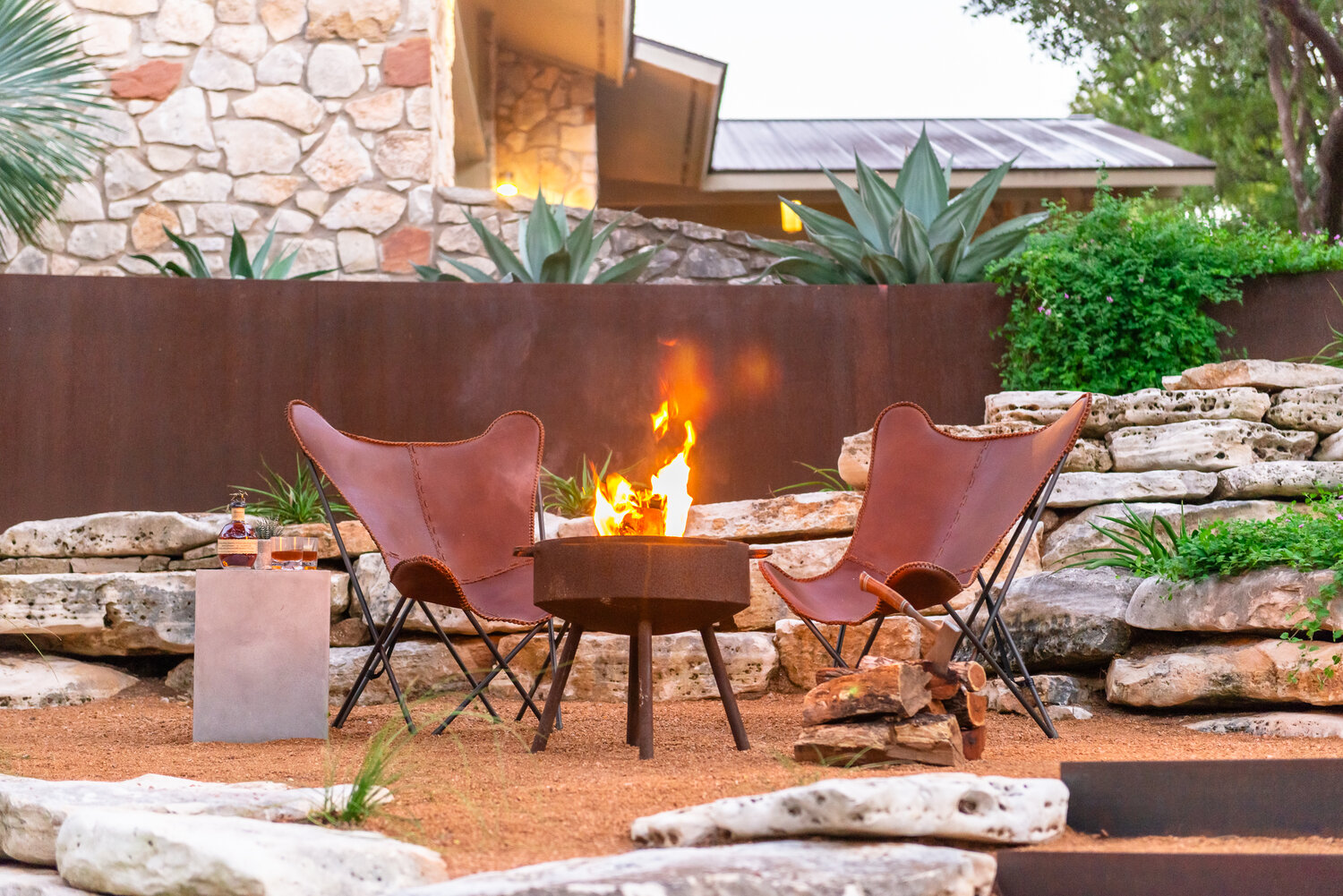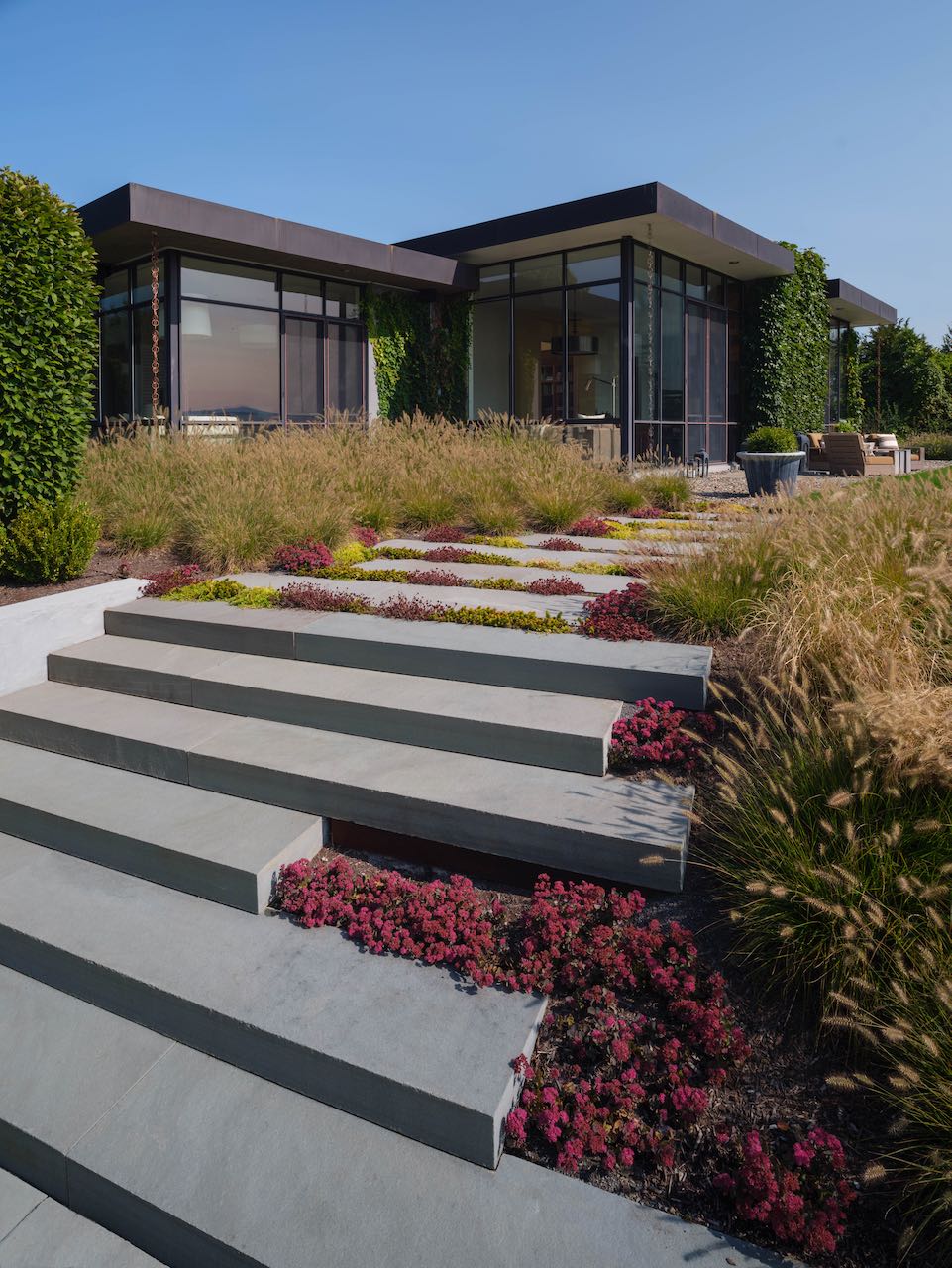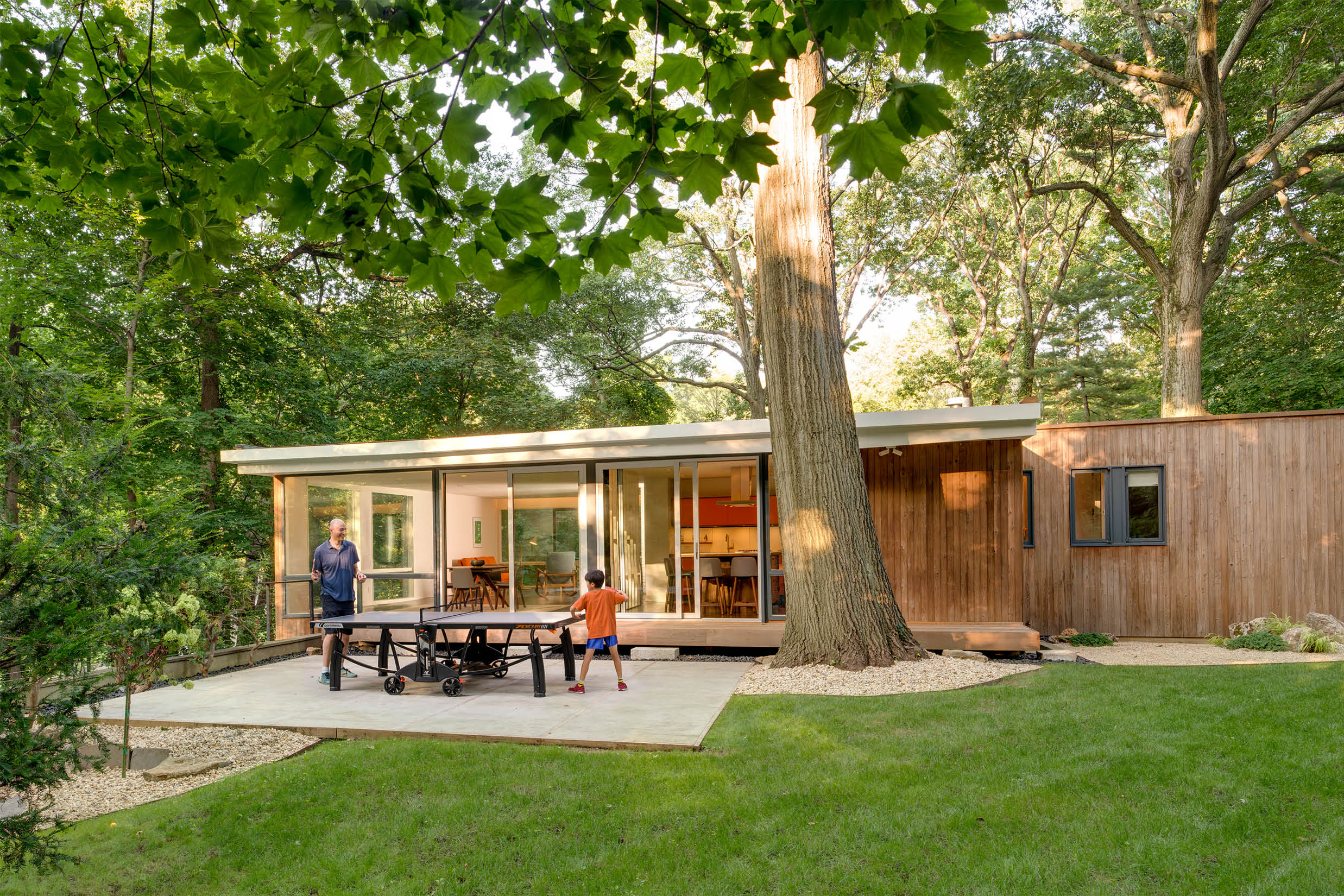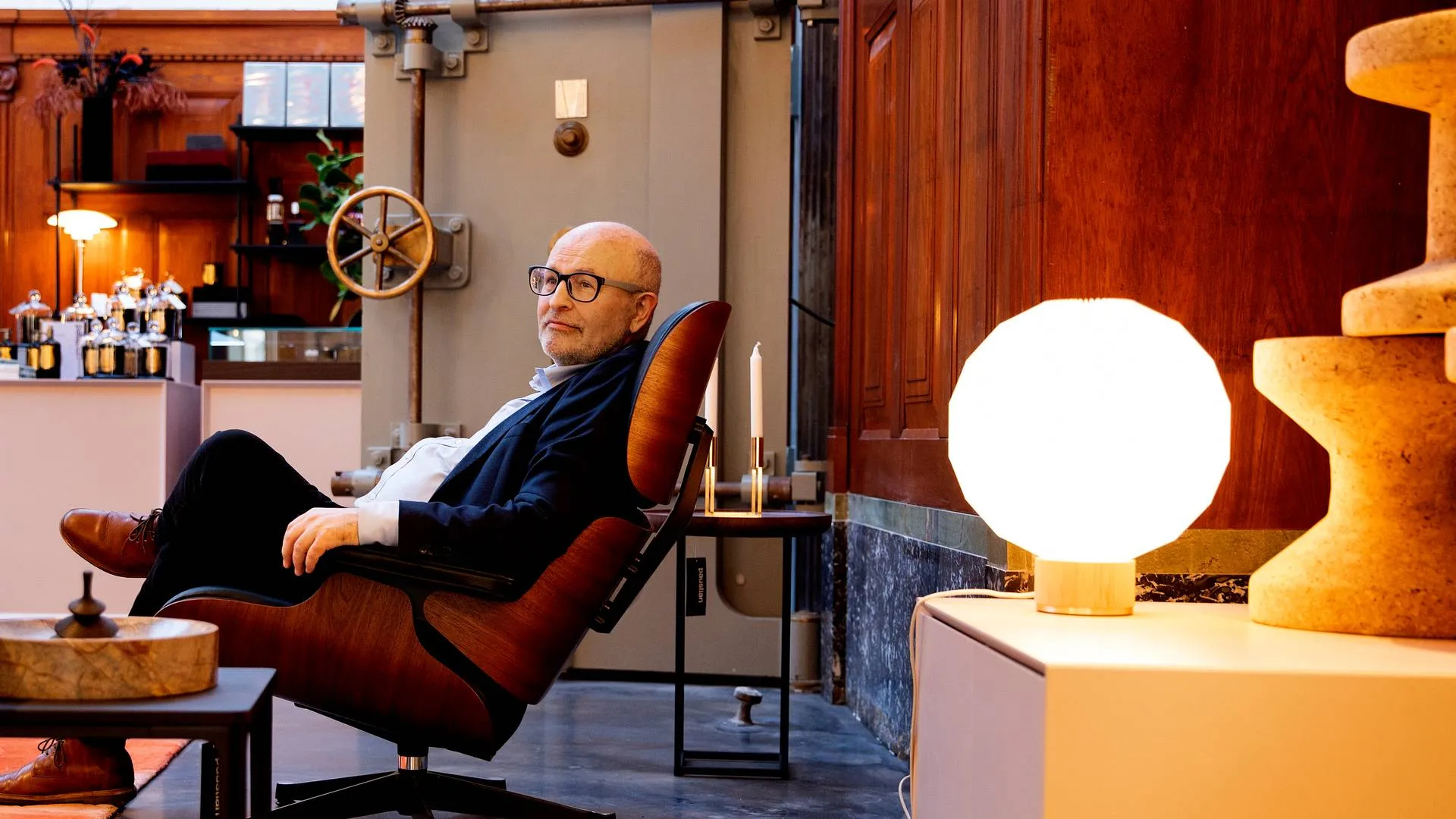
Warm Nordic is a young Danish design brand with a clear mission: to preserve and reintroduce overlooked gems of mid-century Scandinavian design. While further building its international presence, the brand remains firmly rooted in dedicated to its roots back in Aarhus, Denmark. During this year’s 3 Days of Design, founder Frantz Longhi presented Warm Nordic’s latest collection in a impressive location; a recently restored former bank—now a refined showroom and event space.
Carefully curated and quietly compelling, the collection focused on classic Scandinavian pieces reissued by Warm Nordic, reupholstered in textiles by Alexander Girard and Ray Eames. The result drew a clear, thoughtful connection between Scandinavian and American mid-century design.
Speaking with Frantz, it’s immediately clear that Warm Nordic was born from deep personal passion and mid-century modern nostalgia. The kind of passion that leads someone to collect 400 chairs, not for show, but out of admiration. The kind of passion that motivates someone to bring overlooked pieces of mid-century Scandinavian design back to today.
Longhi is a Danish entrepreneur with a sharp eye for beauty and a deep respect for history. Former owner of Kähler Design and the design retailer Paustian, he has spent the last two decades at the intersection of business and design, building bridges between commercial strategy and cultural preservation. But with Warm Nordic, the ambition is different. This time, it’s deeply personal.
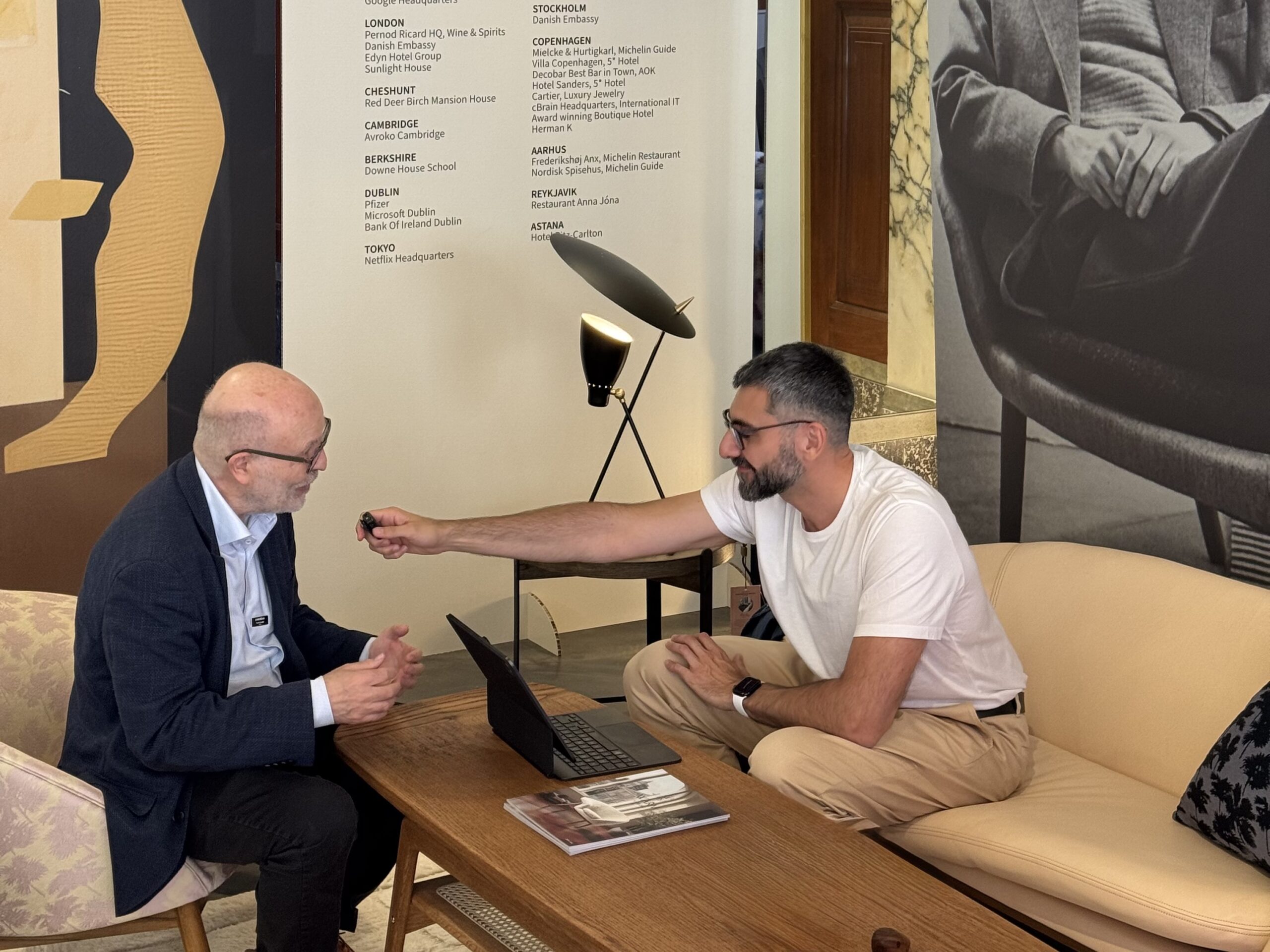
“It started with a Michelin restaurant I owned,” he tells me. “I had filled it with vintage furniture I had bought at international auctions. Guests kept asking about the chairs they were sitting on, a design by Hans Olsen, saying they would have bought them if they could.”
That chair became the seed of what is now Warm Nordic. “I realised these pieces deserved more than just compliments—they deserved a second life.” Since then, the company has grown into a brand recognised for bringing back forgotten classics from the golden age of Scandinavian design.
From Hans Olsen to Knud Færch, Warm Nordic’s catalogue is a mix of sculptural forms, tactile materials and enduring silhouettes. But Frantz is the first to admit that his approach isn’t guided by trend forecasting or commercial briefs. “I choose the pieces I love,” he says in full honesty. “I follow my instinct. Then I cross my fingers others will feel the same.”
So far, they have. His selections have found their way into homes, hotels, and offices across the globe—from California tech giants to actors’ homes like Jennifer Garner’s. What makes his approach so compelling is its honesty. These aren’t abstract decisions; they’re deeply personal ones. “When I love something, I can put my soul into it,” he says. “That’s how I know it’s right.”
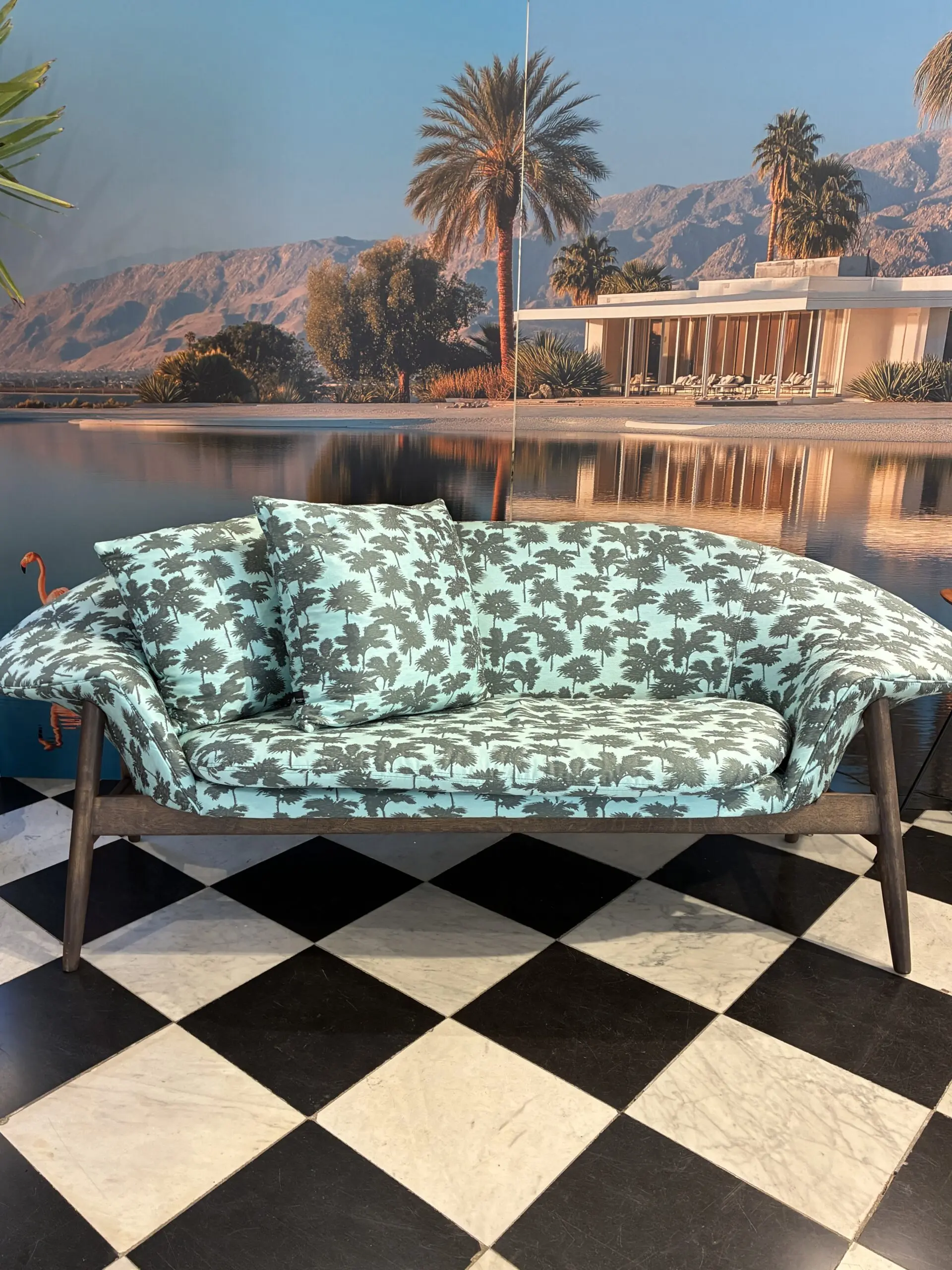
Within the many they have in their collection today, the most iconic design remains the Fried Egg Chair by Hans Olsen. But one piece continues to elude him: Olsen’s rare ‘Bikini Chair’. “It hasn’t been produced yet because the construction is complex,” he explains. “It uses a special plywood technique developed during the war. But we’ve started working on it. We’ve even been in touch with the Neutra House in LA, where it’s on display. Visitors ask about it constantly.” You can tell it’s more than a product to him—it’s a mission.
Yet Warm Nordic isn’t just about reviving the past. Frantz is equally focused on relevance. “People think mid-century is nostalgic,” he says, “but it’s not. If you take a chair from the 1950s and upholster it with the right fabric, it looks like it was made today.” This sensitivity to contrast—past and present, old and new—runs through everything the company does. In their Copenhagen showroom, I saw vintage forms covered in contemporary fabrics by Raf Simons and Alexander Girard. The result didn’t feel retro. It felt current. Honest. Alive.
That sense of warmth is what defines Scandinavian design in Frantz’s view—not the minimalism, not the straight lines, but the feeling. “People always say Scandinavian design is cold,” he says. “But it’s not. It’s warm. It’s wood. It’s wool. It’s curves. It’s designed to be lived with.” That’s where the idea for the brand Warm Nordic came from.
That belief feeds into how Warm Nordic approaches sustainability too. “Wood, when done properly, is one of the most sustainable materials. And when you build something to last, it becomes even more sustainable.”, he says gesturing to a chair nearby. “Some of the pieces I’ve found are 70, 80 years old. Still solid. Still beautiful.”
The company also works with vegetable-tanned leathers from traceable sources, and often incorporates vintage textiles into new upholstery. “It’s not just about using less—it’s about using better. Using smarter. And making things that last.”
Of course, quality comes at a price. So how does he balance cultural preservation with commercial viability? For Frantz, it comes down to shifting the conversation. “Yes, good design costs more. But if it lasts thirty years, it’s cheaper than replacing something every three. We need to get better at telling that story.” He speaks passionately about the value of patience—saving up, making thoughtful choices, rejecting the throwaway culture. “It’s okay to wait. It’s good to wait.
That chair you really want? If you save for it, if you choose it with intention, you’ll enjoy it your whole life.”
It’s clear that education—quietly, respectfully—is a big part of what he hopes Warm Nordic can offer. “Many people don’t know how furniture is made. They don’t know why something costs what it does. But when they come into our showroom, when they touch it, when they see how it’s built—that changes.”
Which brings us to this year’s theme for 3 Days of Design: Keep it real. Frantz takes that idea seriously. In the showroom, they’ve created a juxtaposition—classic furniture next to AI-generated Instagram Reels. “It’s a play on the word,” he says. “We ask: do you want the ‘real’—or the ‘reel’? What kind of world do you want to live in?” It’s a small provocation, but a meaningful one. A reminder that craftsmanship still matters, even in the digital age.
Looking back, what does he wish he’d known at the start? “Communication,” he says without hesitation. “I used to believe that if something was beautiful, the world would find it. But that’s not how it works. You have to tell the story. You have to show people why it matters.” It’s a lesson that has clearly shaped how he approaches Warm Nordic today—with intention, with clarity, and above all, with heart.
As 3 Days of Design celebrates its twelfth anniversary, Frantz sees the event’s success as a reflection of something deeper. “It’s not like Milan, where the fair is the main attraction and most of the conversations happen in massive halls. Here, the city becomes the venue. It’s human. It’s warm. Just like Scandinavian design is.”
And just like Frantz Longhi himself: focused, passionate, and always guided by a deep respect for beauty, history, and the people who live with design—not just look at it.
